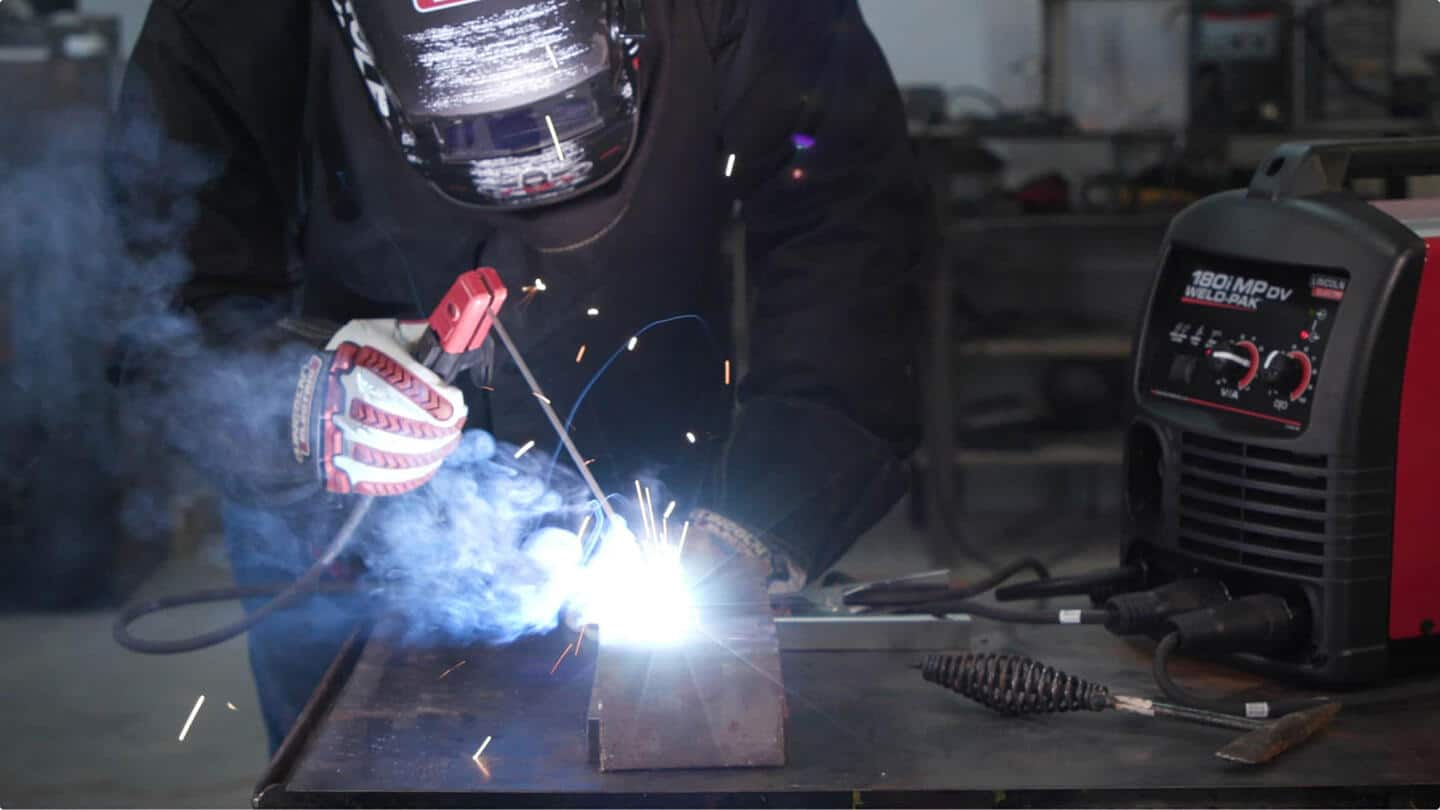Creating a Welding WPS: Step-by-Step Directions for Professionals
Creating a Welding WPS: Step-by-Step Directions for Professionals
Blog Article
Achieving Welding Quality: Introducing the Tricks of WPS Application and Optimization
In the world of welding, achieving excellence is a quest that pivots on the thorough execution and optimization of Welding Procedure Specs (WPS) By delving into the crucial aspects, methods, obstacles, and best techniques connected with WPS, a globe of welding excellence awaits those who are ready to explore its depths.
Significance of WPS in Welding
The Importance of Welding Procedure Requirements (WPS) in the welding industry can not be overemphasized, working as the foundation for guaranteeing consistency, quality, and security in welding operations. A WPS gives in-depth instructions on just how welding is to be performed, including important variables such as materials, welding processes, joint layout, filler metals, interpass and preheat temperature levels, welding currents, voltages, traveling speeds, and much more. By adhering to a distinct WPS, welders can keep harmony in their work, leading to consistent weld quality throughout different jobs.

Trick Aspects of WPS
Going over the essential components of a welding procedure specification (WPS) is essential for understanding its duty in welding operations. An extensive WPS includes several key elements that assist welders in achieving top quality and uniformity in their work. One crucial element of a WPS is the welding process specification, which details the details welding processes to be utilized, such as gas tungsten arc welding (GTAW) or secured steel arc welding (SMAW) Furthermore, the WPS includes information on the welding products, such as the type and specs of the base metal and filler steel to be utilized. The WPS also defines essential variables like welding parameters, preheat and interpass temperature demands, and post-weld warmth treatment procedures. Furthermore, it consists of info on joint design, fit-up, and any unique methods or precautions required for the welding operation. By incorporating these key aspects into the WPS, welding procedures can be standard, ensuring top quality, efficiency, and safety and security in welding operations.
Strategies for WPS Optimization

Second of all, training and certification of welding personnel according to the certain requirements of the WPS is critical. Supplying comprehensive training programs and guaranteeing that welders are certified to perform procedures detailed my company in the WPS can bring about higher top quality welds and lowered rework.
Additionally, leveraging modern technology such as welding software application and surveillance systems can aid in optimizing WPS. These devices can aid in tracking variables, ensuring specifications are within defined limits, and supplying real-time feedback to welders, enabling them to make immediate modifications for enhanced weld quality.
Common Challenges and Solutions
Encountering challenges in implementing the methods for WPS optimization can hinder welding operations' efficiency and top quality. One common discover this info here obstacle is insufficient training or understanding of the welding procedure requirements (WPS) amongst the welding group.
Another obstacle is the absence of correct documents and record-keeping, which is essential for WPS optimization. Without clear documents of welding parameters, products used, and evaluation results, it becomes challenging to determine areas for renovation and make certain uniformity in welding processes. Carrying out a durable documentation system, such as digital welding management software application, can help simplify record-keeping and help with data evaluation for continual enhancement.
Additionally, inconsistent welding devices calibration and upkeep can pose a considerable difficulty to WPS optimization. Routine tools checks, calibration, and upkeep schedules ought to be followed strictly to guarantee that welding parameters are precisely controlled and preserved within the defined resistances (welding WPS). webpage By resolving these typical difficulties with positive services, welding operations can improve performance, high quality, and total welding quality
Ideal Practices for WPS Implementation
To ensure effective WPS application in welding procedures, adherence to sector criteria and careful interest to detail are extremely important. When starting WPS application, it is important to begin by thoroughly comprehending the specific welding requirements of the job. This involves a thorough review of the welding treatment specifications, materials to be bonded, and the environmental conditions in which the welding will occur.
When the needs are clear, the next action is to choose the appropriate welding treatment that lines up with these specifications. This includes getting in touch with the appropriate codes and requirements, such as those provided by the American Welding Society (AWS) or the International Organization for Standardization (ISO), to ensure conformity and high quality.
Additionally, documenting the whole WPS application process is important for traceability and quality assurance. Detailed documents ought to be maintained regarding welding specifications, material preparation, interpass and preheat temperatures, welding consumables used, and any kind of variances from the initial procedure. Normal audits and reviews of the WPS can help identify areas for improvement and make certain recurring optimization of the welding process.


Final Thought
In final thought, the implementation and optimization of Welding Procedure Specs (WPS) is crucial for achieving welding excellence. By recognizing the vital elements of WPS, applying efficient strategies for optimization, attending to usual challenges, and following finest methods, welders can make certain high-grade welds and safe working problems. It is essential for specialists in the welding market to prioritize the proper execution of WPS to improve general welding performance and attain wanted results.
The Value of Welding Procedure Specifications (WPS) in the welding sector can not be overemphasized, serving as the backbone for making certain consistency, high quality, and safety in welding operations. A WPS offers comprehensive instructions on just how welding is to be brought out, consisting of essential variables such as materials, welding procedures, joint style, filler metals, preheat and interpass temperatures, welding currents, voltages, traveling rates, and extra. One important aspect of a WPS is the welding process spec, which outlines the details welding procedures to be utilized, such as gas tungsten arc welding (GTAW) or secured metal arc welding (SMAW) By incorporating these key elements right into the WPS, welding procedures can be standardized, making sure top quality, effectiveness, and safety and security in welding operations.
It is critical for specialists in the welding industry to prioritize the proper implementation of WPS to enhance general welding efficiency and achieve desired outcomes.
Report this page